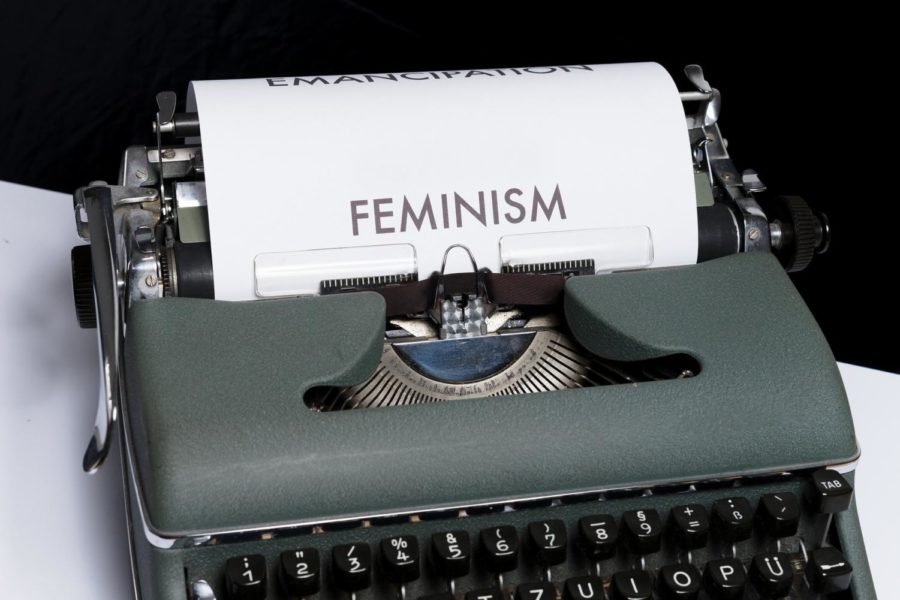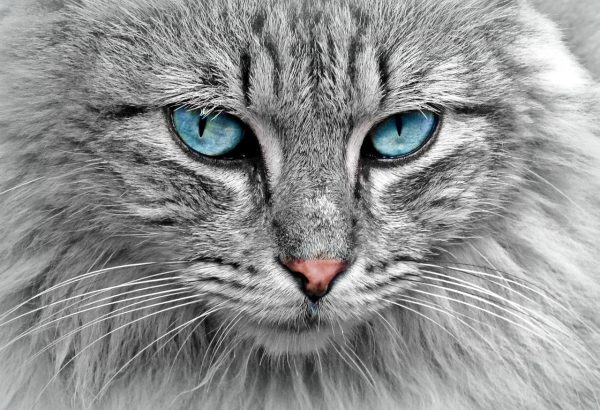Feminism In Pride & Prejudice!
Do you ever wonder to yourself how women got the empowerment they have today? I mean even in history classes, the education system reeks of male dominance throughout history, and we as students are not properly informed on some of the most influential women around the world. Women, from an all-powerful queen Cleopatra, to AOC, have all fought sexism and showed the world that God indeed is a woman.
If you’ve been reading The New Dealer articles for years, you might have seen that I wrote an article about, what is feminism, and some of the misinformation and misconceptions people have about this belief. Let’s go over what feminism is one more time, before diving into it, in Pride & Prejudice.
Feminism is a belief in social, economic, and political equality of the sexes. It is in no shape or form declaring that women are above men, it is a belief that both sexes must be equal and equally respected. This belief sadly had to be developed due to women being confined to the domestic spheres, while public life was reserved for men. In medieval Europe, women were denied the right to own property, study, or participate in public life. At the end of the 19th century in France, as well as in many other nations, they were still compelled to cover their heads in public, and in parts of Germany, a husband still had the right to sell his wife. But wait, it gets worse; even as late as the early 20th century, women could neither vote nor hold elective office in Europe and most of the United States. Women were prevented from conducting business without a male representative, be it a father, brother, husband, legal agent, or even son. I can go on and on with more examples, but I hope, dear reader, that you get why feminism, and its ideas, are needed to bring about justice for women in society.
Pride & Prejudice is a novel written by Jane Austen in 1797 and published in 1813. Even the publishing of the book had a story behind it. Women during the time Austen lived couldn’t publish books or any prose, because it was inappropriate for the women of that time to do anything except for take care of the house and children. Therefore, she had to anonymously publish her works of literature through a pen name “A Lady.” Although unfortunate, this was most of the cases in the early 18th century. Emily and Charlotte Bronte, though similar to Austen, used male aliases to publish their works of literature. Pride & Prejudice was published by Egerton in January 1813, and Austen wasn’t as recognized or famous during the time she was living. In fact, the real recognition of her works came through in the 1940s when critics started analyzing her novels, particularly feminism in each one. There are tons of analyses online of Pride & Prejudice, but I’ll try to explain it in simpler terms, and how it impacts us today.
Pride & Prejudice is a romantic novel, where we follow the main character Elizabeth Bennet, also called Lizzy, and the lives of her other 4 sisters, Jane, Kitty (Catherine), Lydia, and Mary. Mostly the novel centers on the relationship between Elizabeth, and Fitz William Darcy, a rich aristocratic landowner. Elizabeth is an “ordinary person,” a daughter of a countryman, with a clever personality that makes the budding romance exciting. Back then showing personality was also a rarity, because women were afraid to act the way they were- not to hurt their man’s ego. Elizabeth seemed to ignore that completely, and part of me thinks it’s because she did not have a brother and instead had 4 other sisters, with a very loving and supportive father.
Throughout the novel, Lizzy and Mr. Darcy, who seem to be the polar opposites of each other and hate one another, develop feelings for one another. It is, in my opinion, the blueprint of the enemies-to-lovers trope we have in books today. In simpler words, Jane Austen walked, so that modern authors could run. Unlike many novels of that time, the budding romance represented something more than just 2 strangers meeting and falling in love; it represented how powerful a woman can be. In the 1700s, it was a rarity to see a woman hold more power than a man, and this novel changed that line of thought forever. Although seemingly mean in the beginning, Mr.Darcy proved to be a worthy companion and went above and beyond for Elizabeth, who did not fall into his arms the second he proposed- instead she showed that she’s completely satisfied without him. This way Austen showed what true feminism is; men could also be secretly or openly feminist. Elizabeth did not need a husband to be satisfied with her life, and letting a man know that, was a groundbreaking statement. She also showed what a man should do in order to have a woman he claims to love. Of course, at the end they got together, and yet still Austen presented us with the new light about how saying ‘no’ is okay, and waiting until a man deserves you, and your love, just like Elizabeth. I know that Mr.Darcy was a feminist, considering how much he respected Elizabeth and looked beyond her beauty.
Characters such as Jane Bennet and Mary Bennet, although being side characters, also depicted strength in the knowledge and beauty a woman holds. Although the Bennet sisters did not lack what was then considered the ‘beauty standard,’ of that time period, it wasn’t their most important advantage. Knowing that the sisters also did not come from a rich family, made it clear that whatever these girls achieved wasn’t due to their social status, but rather their brains and wits. This again reiterates the idea that in order to be successful and empowered, you only need yourself. When you will realize what you are capable of, you understand that there’s no boundaries of what you can and cannot you. There’s no separation of sexes (mentally), and whatever a man could do, you can do it also.
How do these fictional characters affect our modern society today? Well, their portrayal of what feminism is, is still greatly valued today. We take it from the Bennet sisters on how to act, and what to do when it comes to sexism and lack of respect towards women. Without brave authors such as Jane Austen, who spoke out about the unfair treatment of girls v. boys, we could have been 100 years behind the progress we have today. In Pride & Prejudice, having powerful female leads made women, for once, develop hope for a better future, where the main character isn’t their husband, but it is the woman.
To finish off this one-sided discussion, I would recommend you read Pride & Prejudice just to feel that rebellious sensation from the 1800s female writer. It is such a breathtaking novel, and although it might not seem like a big deal to you, a person who lives in the 21st century, it was a very uncommon style of writing back then. It had a huge impact on society today.











